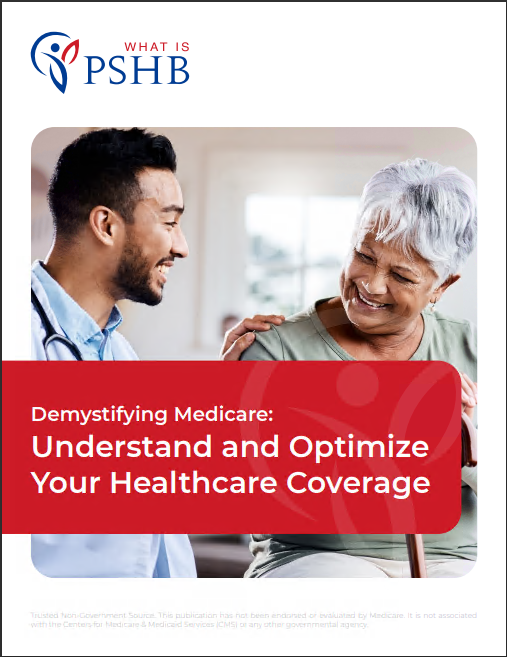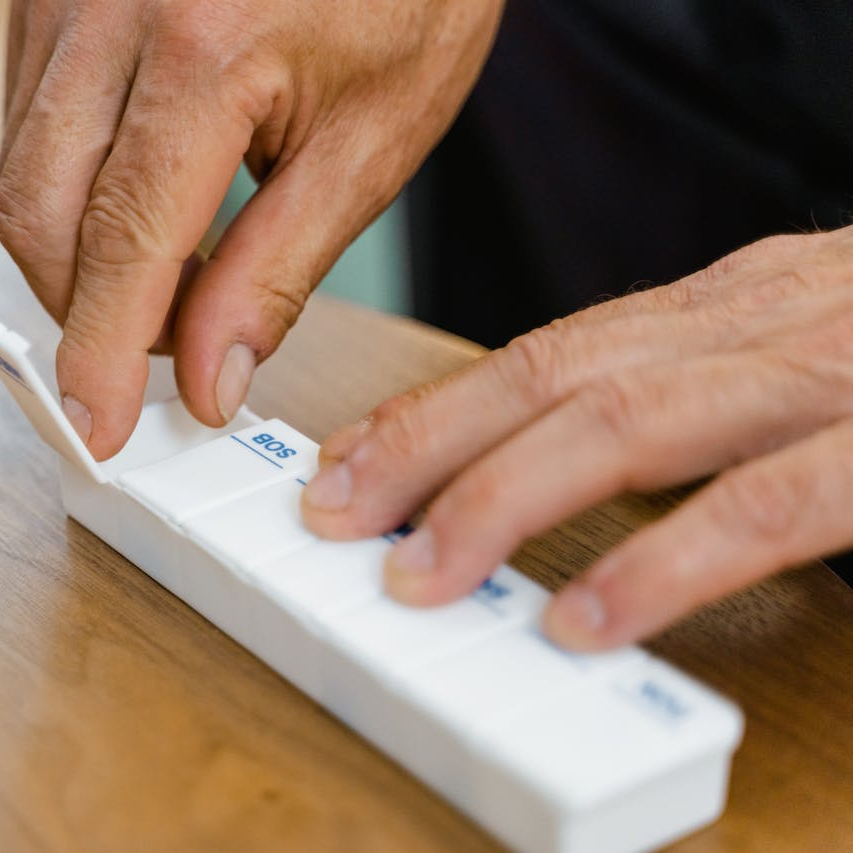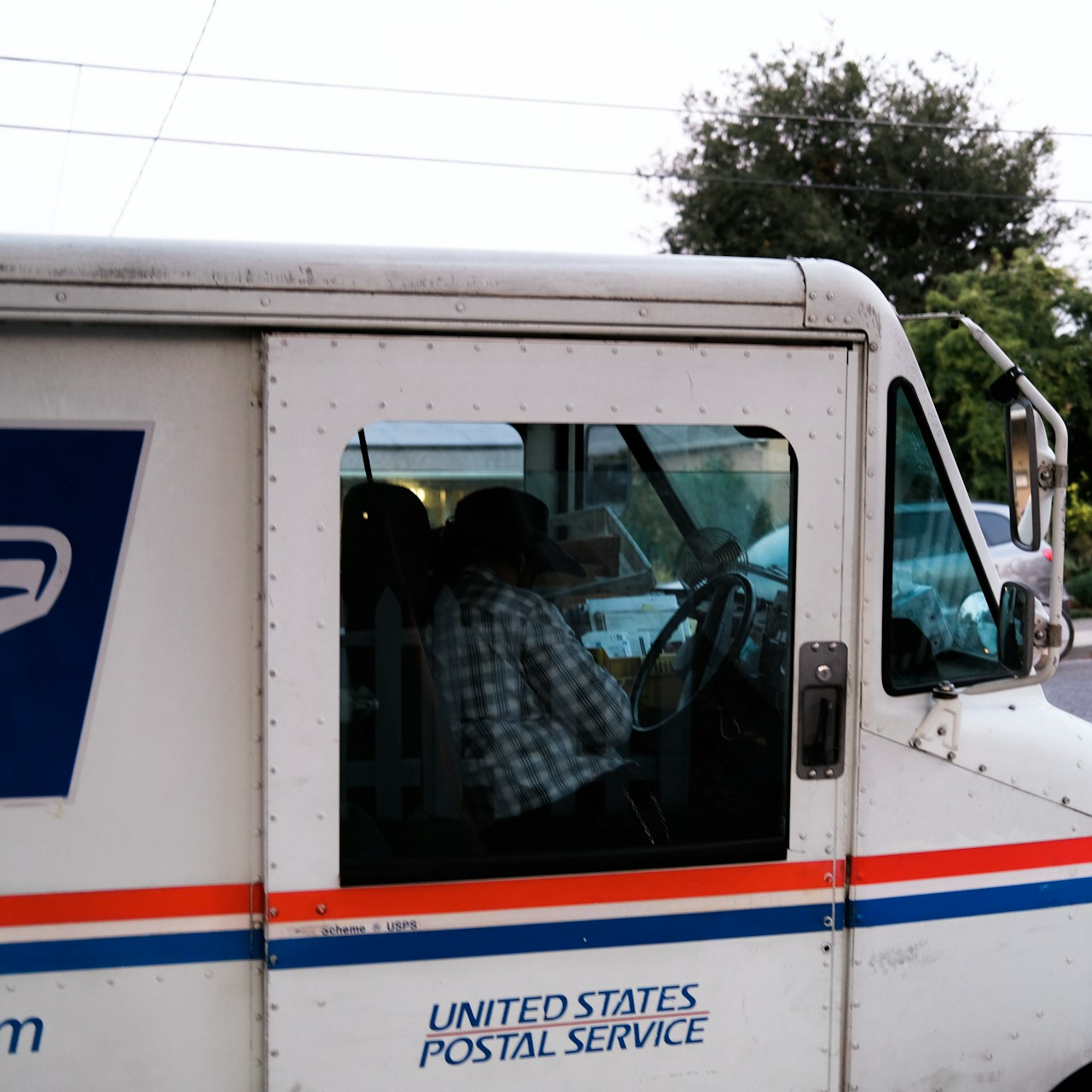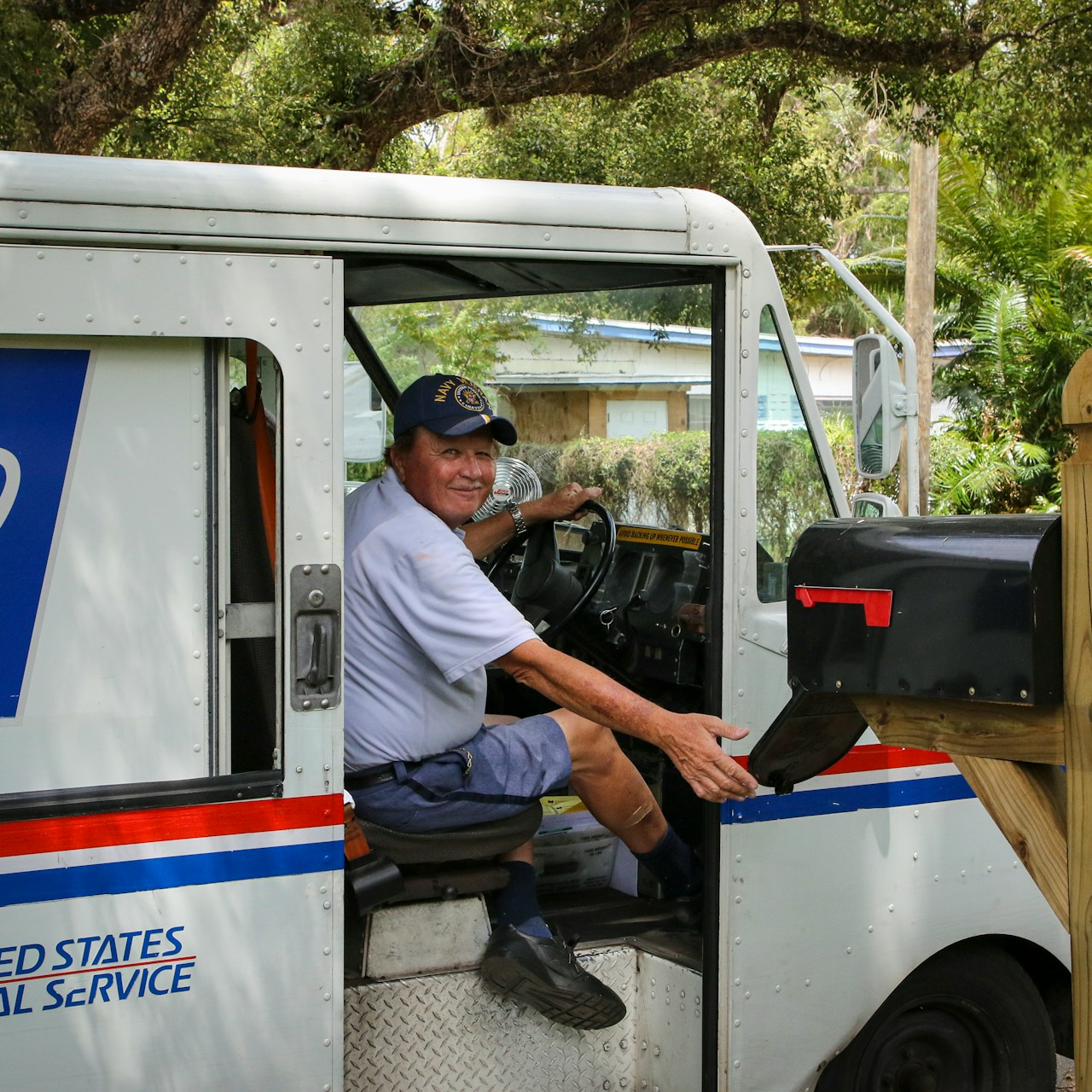Key Takeaways
-
The transition from FEHB to the Postal Service Health Benefits (PSHB) program is designed to better meet the unique needs of USPS employees, retirees, and their families.
-
Medicare integration with PSHB offers cost-saving opportunities for eligible enrollees, but it’s crucial to understand the enrollment requirements to avoid gaps in coverage.
Understanding the Shift to PSHB
As of January 1, 2025, USPS employees, annuitants, and their families are now part of the Postal Service Health Benefits (PSHB) program. This change marks a departure from the Federal Employees Health Benefits (FEHB) system. The PSHB program offers plans tailored specifically to the postal workforce, ensuring a better alignment with your healthcare needs.
To maintain your health benefits, you need to actively review your plan options during the Open Season or after Qualifying Life Events (QLEs). Missing these opportunities could leave you with unexpected coverage gaps.
What Does This Change Mean for You?
The PSHB program gives you access to a variety of health plans. Many enrollees find the options comparable to FEHB but with added benefits like enhanced coordination with Medicare. Understanding these features can help you maximize the value of your coverage.
Key Deadlines You Should Know
The 2024 Open Season ran from November 11 to December 13, allowing USPS employees and retirees to make adjustments or enroll in PSHB plans for 2025. Any changes you made during this time took effect on January 1, 2025. Outside of Open Season, you can only change plans during QLEs, so make a note of these timelines to stay proactive.
The Role of Medicare in PSHB
Mandatory Medicare Part B Enrollment
If you are a Medicare-eligible annuitant or family member, you’re required to enroll in Medicare Part B to maintain your PSHB coverage, unless you meet specific exemption criteria. This integration helps reduce out-of-pocket costs by coordinating benefits between Medicare and PSHB plans.
Cost Savings Through Coordination
By combining PSHB and Medicare Part B, you can benefit from lower deductibles, reduced coinsurance, and premium reimbursements offered by some PSHB plans. This coordination provides financial relief for those managing chronic conditions or requiring regular medical services.
Evaluating Your Plan Options
Comparing PSHB Plans
The PSHB program offers a variety of plan options to suit different healthcare needs and budgets. Some plans emphasize comprehensive coverage for families, while others cater to those who prioritize minimal costs for preventive care and basic services. Carefully assess plan features such as deductibles, copayments, and covered services to find the best fit.
Understanding Prescription Drug Coverage
All PSHB plans include prescription drug coverage through a Medicare Part D Employer Group Waiver Plan (EGWP) for Medicare-eligible enrollees. This ensures your medications are covered with manageable out-of-pocket expenses. For those who are not Medicare-eligible, your plan still provides robust pharmacy benefits tailored to your needs.
Qualifying Life Events (QLEs) and Enrollment Changes
A Qualifying Life Event (QLE) allows you to make changes to your health plan outside of Open Season. Common QLEs include marriage, the birth of a child, or a change in employment status. These events require prompt action, typically within 60 days, to ensure your coverage adjustments are processed smoothly.
Steps to Take During a QLE
-
Notify your benefits office promptly.
-
Provide any required documentation.
-
Review your plan options to ensure the new coverage aligns with your needs.
Premiums, Deductibles, and Out-of-Pocket Costs
General Costs to Expect in 2025
-
Medicare Part A: Free for most, but premiums apply if you paid Medicare taxes for fewer than 40 quarters.
-
Medicare Part B: The monthly premium is $185, with an annual deductible of $257.
-
PSHB Premiums: Vary based on the plan you select and the level of coverage you require. Ensure you understand the full cost implications of your choice.
Out-of-Pocket Caps
For Medicare Part D, the new $2,000 annual out-of-pocket cap on prescription drug costs offers significant financial relief. This cap eliminates the infamous “donut hole”, ensuring that high medication costs no longer cause undue stress.
Maximizing the Benefits of PSHB
Take Advantage of Preventive Services
PSHB plans emphasize preventive care, offering many services at no additional cost when using in-network providers. These include screenings, vaccinations, and wellness checkups, helping you stay healthy and catch potential issues early.
Utilize Telehealth Services
Many PSHB plans include telehealth options, giving you access to healthcare professionals without leaving your home. This is especially convenient for minor illnesses, mental health consultations, and follow-up visits.
Common Questions About PSHB
Can I Keep My FEHB Plan?
No. As of January 1, 2025, all USPS employees and annuitants must transition to a PSHB plan to maintain coverage. However, if you’re covered under a family member’s FEHB plan, you may continue that coverage without switching to PSHB.
What Happens If I Don’t Enroll in Medicare Part B?
Failing to enroll in Medicare Part B when required can result in the loss of your PSHB coverage. This underscores the importance of understanding and meeting all enrollment requirements.
Are Dental and Vision Benefits Included?
While PSHB plans offer medical coverage, dental and vision benefits are typically available as separate add-ons. Be sure to review your plan’s options to decide whether additional coverage is necessary for your needs.
Preparing for Future Open Seasons
Stay Informed
Your Annual Notice of Change (ANOC) letter provides vital updates on plan premiums, deductibles, and covered benefits. Reading this document thoroughly each year ensures you’re aware of any changes that may impact your healthcare decisions.
Evaluate Your Needs Annually
Healthcare needs can change over time, so it’s important to reassess your coverage each year. Consider factors like new medical conditions, anticipated surgeries, or changes in family size when reviewing plan options.
Keep Your Information Updated
Ensure your contact details are current with USPS and your health plan provider. This ensures you receive timely notifications about Open Season and other critical updates.
Why PSHB Enhances Peace of Mind
Tailored to USPS Needs
The PSHB program was created specifically for postal workers and retirees, addressing unique challenges like job-related injuries and long-term healthcare needs. This customization ensures you’re receiving the best possible care.
Financial Security
With features like Medicare coordination and out-of-pocket caps, PSHB plans are designed to alleviate the financial burden of healthcare. This lets you focus on what matters most without worrying about unexpected medical expenses.
Comprehensive Coverage Options
From preventive care to chronic disease management, PSHB plans cover a wide range of services to support your overall health and well-being. Whether you’re just starting your postal career or enjoying retirement, there’s a plan tailored to your stage of life.
Ready for 2025 and Beyond
By transitioning to the PSHB program, you’re joining a system designed to prioritize your health and financial stability. With a better understanding of your plan options, Medicare integration, and the importance of proactive enrollment, you’re well-equipped to navigate your healthcare journey with confidence.












